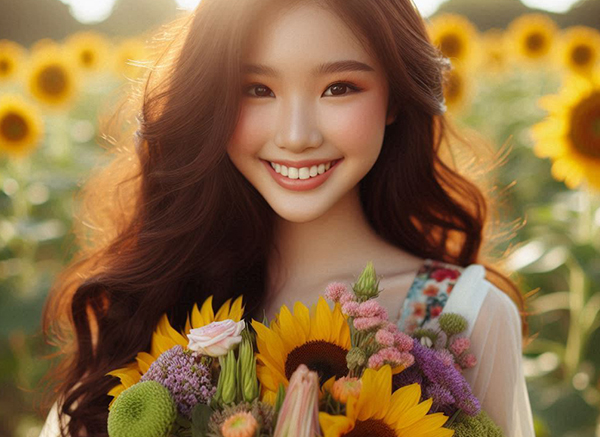Anatomy study is a foundational practice in art and science, offering a deep dive into the intricate structures and functions that define the human body. From artists seeking to capture realism and expression to medical professionals striving to understand health and disease, anatomy study plays a crucial role in both disciplines.
Understanding Structure and Function
At its core, anatomy study involves the examination and analysis of bones, muscles, organs, nerves, and other anatomical features that make up the human body. Artists meticulously study these structures to accurately depict human figures in various poses and expressions. Medical professionals rely on anatomy study to grasp the complexities of human physiology, enabling accurate diagnosis, treatment, and surgical procedures.
Artistic Exploration and Expression
In art, anatomy study enables artists to elevate their work by mastering proportion, perspective, and anatomical accuracy. By understanding the underlying skeletal and muscular systems, artists can create lifelike portraits, dynamic action scenes, and emotionally expressive figures. The study of anatomy allows artists to depict the human body realistically while also conveying movement, emotion, and narrative within their compositions.
Scientific Inquiry and Medical Education
In medicine, anatomy study serves as the foundation for understanding how the body functions in health and responds to disease. Medical students and professionals dissect cadavers, study anatomical models, and utilize advanced imaging techniques to grasp the intricacies of human anatomy. This knowledge informs clinical practice, surgical procedures, and research efforts aimed at improving healthcare outcomes.
Integration of Art and Science
The intersection of art and science in anatomy study highlights the interdisciplinary nature of human understanding. Artists benefit from scientific insights into anatomical structure, while medical professionals appreciate the artistic skill required to communicate complex anatomical details visually. Together, they contribute to a holistic perspective on the human form, celebrating its beauty, resilience, and capacity for expression.


